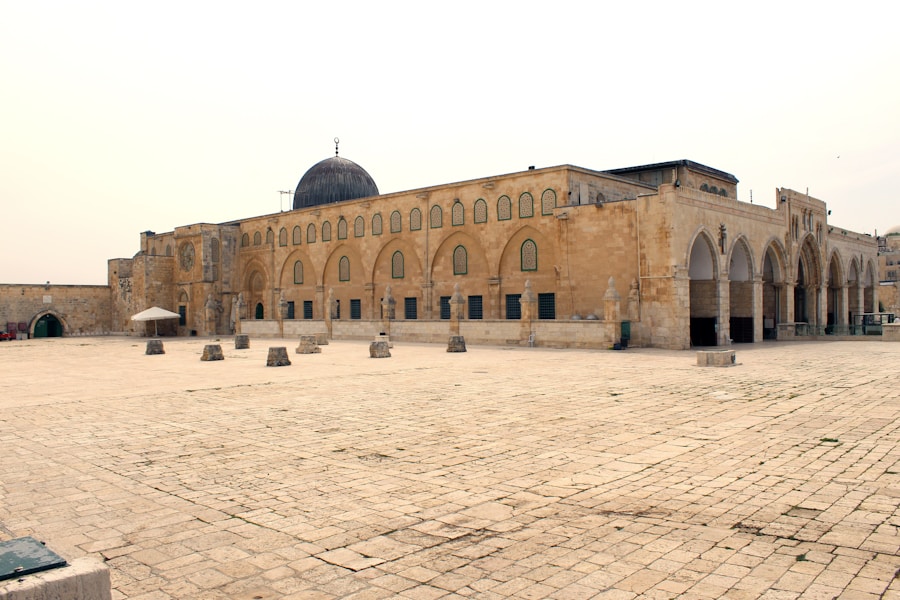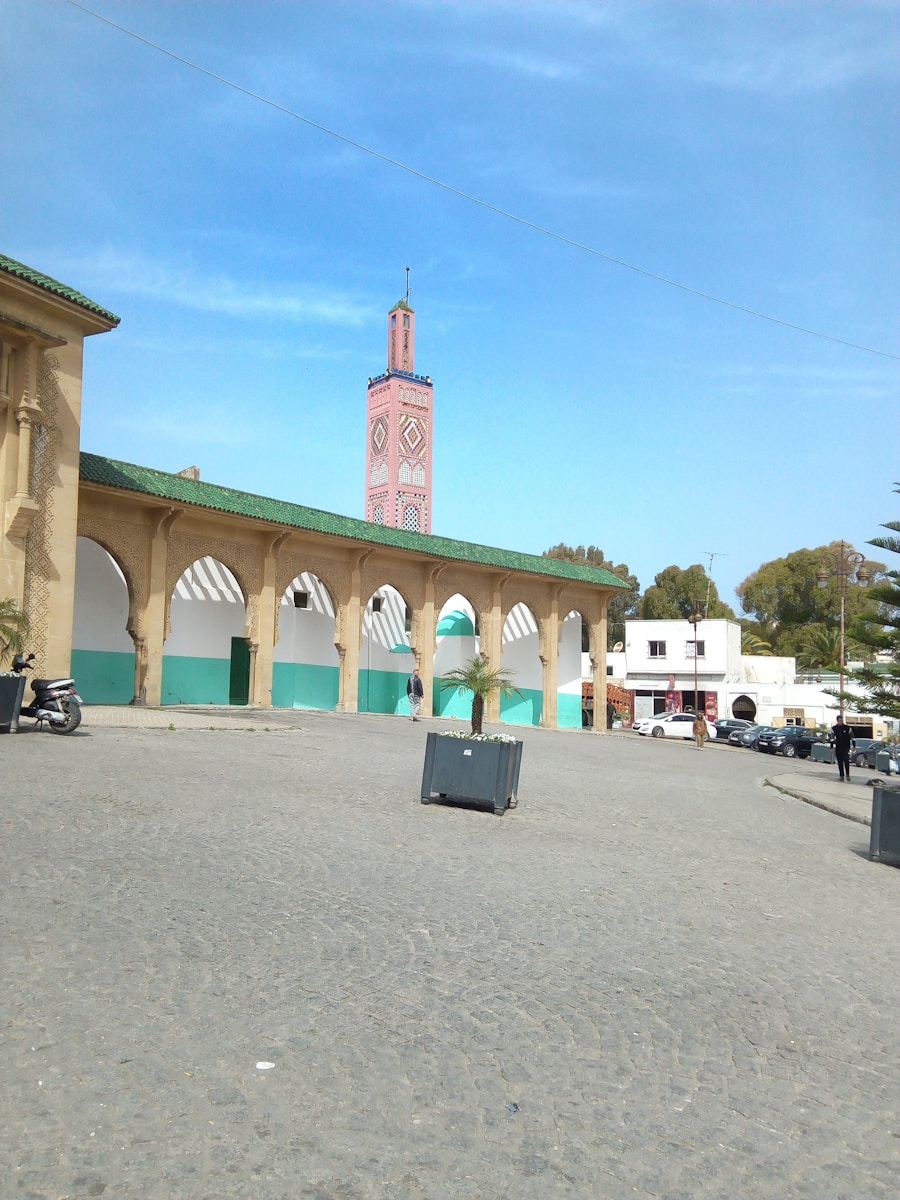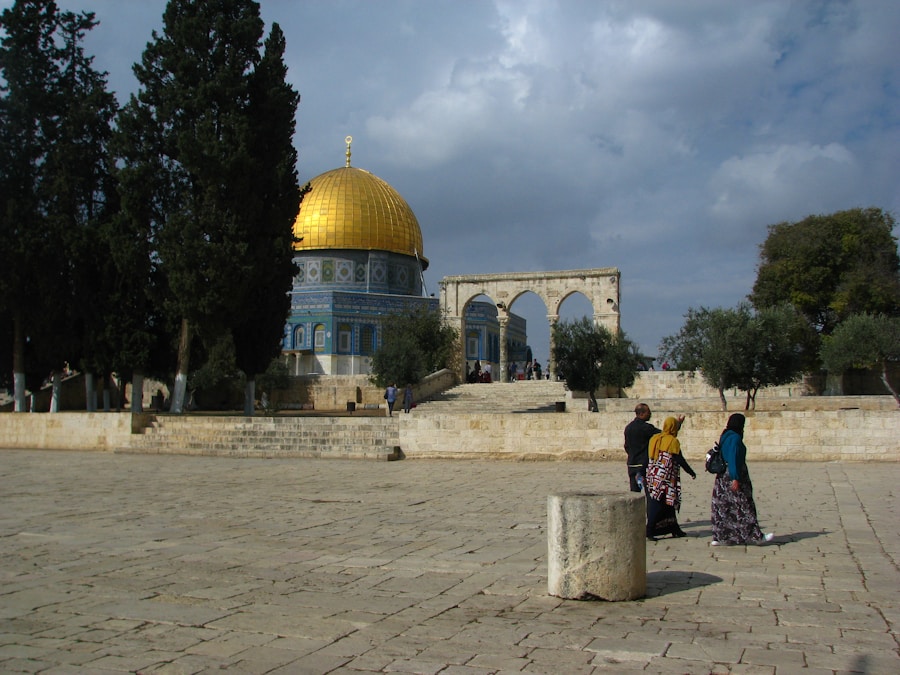Hajj and Umrah are two of the most significant pilgrimages in Islam, deeply rooted in the faith and practice of Muslims around the world. Hajj, the greater pilgrimage, is one of the Five Pillars of Islam, making it a fundamental obligation for every Muslim who is physically and financially able to undertake it at least once in their lifetime. This pilgrimage occurs annually during the Islamic month of Dhu al-Hijjah and draws millions of Muslims to the holy city of Mecca in Saudi Arabia.
The rituals performed during Hajj are rich in symbolism, reflecting the trials and tribulations faced by the Prophet Ibrahim (Abraham) and his family, which serve as a reminder of faith, sacrifice, and devotion. Umrah, often referred to as the lesser pilgrimage, holds significant importance as well, although it is not obligatory like Hajj.
It can be performed at any time of the year and is seen as a means of seeking forgiveness and spiritual elevation. While it does not carry the same weight as Hajj in terms of religious obligation, Umrah is still highly revered and offers Muslims an opportunity to engage in acts of worship and devotion outside the confines of the obligatory pilgrimage. Both Hajj and Umrah serve as powerful expressions of faith, allowing Muslims to connect with their spiritual heritage and reaffirm their commitment to Allah.
Key Takeaways
- Hajj and Umrah are two of the most significant acts of worship in Islam, carrying great spiritual and personal significance for Muslims.
- The history and origins of Hajj and Umrah can be traced back to the time of Prophet Ibrahim and his family, and have been practiced for centuries by Muslims around the world.
- The rituals of Hajj include Tawaf (circumambulation of the Kaaba), Sa’i (walking between the hills of Safa and Marwah), and standing at Arafat, among others, symbolizing the unity of the Muslim ummah and the submission to Allah.
- Umrah rituals include Tawaf, Sa’i, and shaving or trimming the hair, and can be performed at any time of the year, unlike Hajj which is performed during specific days of the Islamic month of Dhu al-Hijjah.
- The spiritual and personal significance of Hajj and Umrah lies in the opportunity for Muslims to seek forgiveness, purification, and spiritual renewal, as well as to strengthen their connection with Allah and their fellow believers.
The history and origins of Hajj and Umrah
The Search for Water
In her desperate search for her child, Hagar ran between the hills of Safa and Marwah seven times. This act of perseverance is commemorated during Hajj and Umrah through the ritual known as Sa’y. The miraculous appearance of the Zamzam well, which provided water for Hagar and Isma’il, further solidified Mecca’s significance as a sacred site.
The Formalization of Hajj
Over time, the Kaaba, originally built by Ibrahim and Isma’il, became a focal point for worship, drawing pilgrims from various tribes and regions. The formalization of Hajj as an obligatory act of worship occurred during the time of Prophet Muhammad in the 7th century CE. After receiving divine revelations, he established the rituals associated with Hajj that are still practiced today.
Hajj as a Global Phenomenon
The Prophet’s Farewell Pilgrimage in 632 CE served as a model for future generations, encapsulating the essence of submission to Allah and unity among Muslims. The rituals were codified further through Hadith literature, which documented the sayings and actions of the Prophet. Over centuries, Hajj has evolved into a global phenomenon, transcending cultural boundaries while maintaining its core spiritual significance.
The rituals and practices of Hajj

The rituals of Hajj are meticulously structured and span several days, each with its own significance. The pilgrimage begins with the state of Ihram, a sacred condition that requires pilgrims to don simple white garments symbolizing purity and equality before Allah. This state fosters a sense of humility and detachment from worldly possessions.
Upon arriving in Mecca, pilgrims perform Tawaf, which involves circling the Kaaba seven times in a counterclockwise direction. This act symbolizes the unity of believers in the worship of the One God. Following Tawaf, pilgrims engage in Sa’i, retracing Hagar’s desperate search for water between Safa and Marwah.
This ritual serves as a reminder of faith under duress and highlights the importance of perseverance. The culmination of Hajj occurs on the Day of Arafah, where pilgrims gather at the plain of Arafat to engage in deep supplication and reflection. This day is considered one of the most significant moments in a Muslim’s life, as it is believed that sins are forgiven and prayers are answered.
The subsequent days involve rituals such as Eid al-Adha celebrations, where pilgrims sacrifice an animal in remembrance of Ibrahim’s willingness to sacrifice his son Isma’il in obedience to Allah.
The rituals and practices of Umrah
Umrah consists of fewer rituals than Hajj but carries profound spiritual significance. Like Hajj, it begins with entering a state of Ihram, where pilgrims prepare themselves mentally and spiritually for the journey ahead. Upon arrival in Mecca, pilgrims perform Tawaf around the Kaaba, similar to that performed during Hajj.
This act serves as an expression of devotion and reverence towards Allah. After completing Tawaf, pilgrims engage in Sa’i between Safa and Marwah. While Umrah can be performed at any time throughout the year, many choose to undertake it during Ramadan due to its heightened spiritual rewards during this holy month.
Unlike Hajj, which has specific dates and rituals tied to it, Umrah offers flexibility for Muslims seeking to deepen their faith without the constraints associated with the larger pilgrimage. The simplicity of Umrah allows individuals to focus on personal reflection and connection with Allah.
The spiritual and personal significance of Hajj and Umrah
The spiritual significance of Hajj and Umrah extends beyond mere ritualistic practices; they represent profound opportunities for personal transformation. For many Muslims, embarking on these pilgrimages is a life-changing experience that fosters a deeper connection with their faith. The act of standing shoulder to shoulder with millions of fellow believers from diverse backgrounds reinforces the concept of ummah—the global Muslim community united in worship.
The journey itself often serves as a catalyst for introspection and self-discovery. Pilgrims frequently report feelings of peace, clarity, and renewed purpose upon completing their pilgrimage. The physical challenges faced during Hajj can lead to a sense of accomplishment and resilience that resonates long after returning home.
Many individuals return from their pilgrimage with a heightened sense of gratitude for their lives and a commitment to embodying Islamic principles more fully.
The journey to Mecca: preparations and requirements for Hajj and Umrah

Preparing for Hajj or Umrah involves careful planning and adherence to specific requirements set forth by Islamic law. For Hajj, pilgrims must ensure they meet certain criteria: they must be physically capable of undertaking the journey, possess sufficient financial means to cover travel expenses, and have no legal or health impediments preventing them from performing the pilgrimage. Additionally, obtaining a visa is essential for entering Saudi Arabia during the designated pilgrimage period.
Pilgrims often engage in extensive preparations that include studying the rituals associated with both pilgrimages. Many choose to attend workshops or seminars that provide guidance on what to expect during their journey. Spiritual preparation is equally important; many Muslims spend time in prayer and reflection leading up to their departure.
For Umrah, while some requirements are less stringent than those for Hajj, similar preparations are encouraged to ensure that pilgrims approach their journey with reverence.
The global impact and significance of Hajj and Umrah
Hajj and Umrah have far-reaching implications beyond individual spiritual experiences; they significantly impact global Muslim communities and economies alike. Each year, millions flock to Mecca from every corner of the globe, creating a vibrant tapestry of cultures converging in worship. This influx not only strengthens communal ties among Muslims but also fosters intercultural understanding as individuals share their experiences and traditions.
Economically, the pilgrimage industry plays a crucial role in Saudi Arabia’s economy. The government invests heavily in infrastructure to accommodate millions of pilgrims each year, including transportation systems, accommodations, healthcare services, and security measures. Local businesses thrive during this period as they cater to the needs of pilgrims seeking food, lodging, and religious items.
Furthermore, the global attention surrounding Hajj often leads to increased tourism throughout Saudi Arabia beyond just the pilgrimage season.
Understanding the meaning and purpose of Hajj and Umrah in the modern world
In today’s fast-paced world marked by technological advancements and societal changes, the meaning and purpose of Hajj and Umrah remain steadfast yet evolve with contemporary contexts. For many Muslims navigating modern challenges—be it social pressures or personal struggles—these pilgrimages offer an opportunity for spiritual rejuvenation amidst chaos. They serve as reminders that faith can provide solace even in turbulent times.
Moreover, as globalization continues to shape interactions among diverse cultures, Hajj stands as a powerful symbol of unity among Muslims worldwide. It transcends geographical boundaries while reinforcing shared beliefs that bind individuals together regardless of nationality or ethnicity. In this sense, both Hajj and Umrah embody timeless values that resonate deeply within contemporary society: compassion, humility, community engagement, and unwavering faith in Allah’s mercy.
Through these pilgrimages, Muslims not only seek personal fulfillment but also contribute positively to their communities upon returning home—embodying lessons learned during their journeys into everyday life. As such, Hajj and Umrah remain vital components not only within Islamic practice but also within broader discussions about spirituality’s role in fostering understanding among diverse populations across our interconnected world.
If you are interested in learning more about the logistics of traveling for Hajj and Umrah, you may want to check out this helpful article on The Ultimate Cheat Sheet on Travel. This article provides valuable tips and information to make your journey smoother and more enjoyable. Additionally, for a more lighthearted take on travel, you can read .
FAQs
What is Hajj and Umrah?
Hajj and Umrah are both pilgrimages to Mecca, Saudi Arabia, that hold great significance in Islam. Hajj is one of the Five Pillars of Islam and is obligatory for all able-bodied Muslims to perform at least once in their lifetime, while Umrah is a non-mandatory pilgrimage that can be undertaken at any time of the year.
What are the main rituals of Hajj?
The main rituals of Hajj include wearing ihram (a specific set of clothing), performing Tawaf (circumambulation) around the Kaaba, walking between the hills of Safa and Marwah, standing at Mount Arafat, and performing the symbolic stoning of the devil at Mina.
What are the main rituals of Umrah?
The main rituals of Umrah include wearing ihram, performing Tawaf around the Kaaba, walking between Safa and Marwah, and shaving or trimming the hair as a symbol of the completion of the pilgrimage.
What is the significance of Hajj and Umrah in Islam?
Hajj and Umrah are considered acts of worship and devotion to Allah in Islam. They serve as opportunities for spiritual cleansing, seeking forgiveness, and strengthening one’s faith. Additionally, they promote unity and equality among Muslims, as people from all walks of life come together to perform the rituals.
What is the historical significance of Hajj and Umrah?
Hajj and Umrah have their roots in the actions of the Prophet Ibrahim (Abraham) and his family, as well as the Prophet Muhammad. The rituals associated with these pilgrimages commemorate the trials and triumphs of these prophets and their followers, and serve as a reminder of their unwavering faith in Allah.



0 Comment